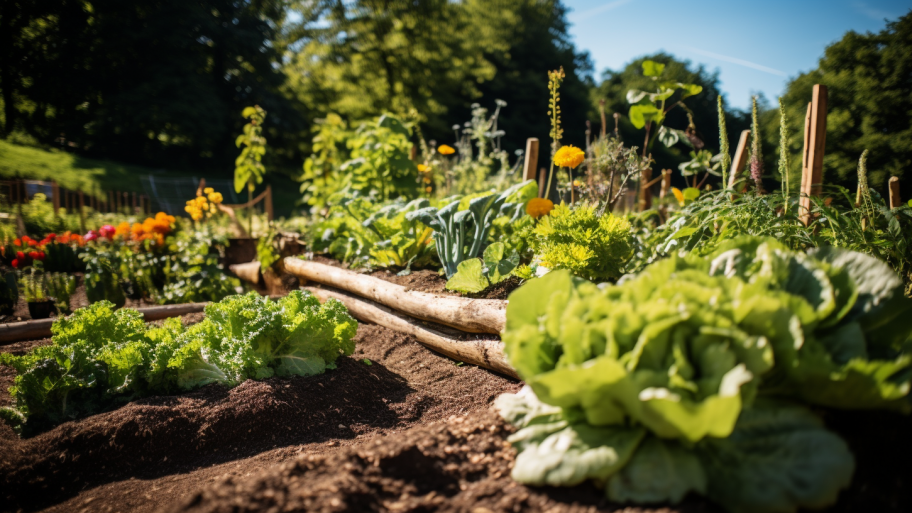Welcome to our exploration of the fascinating world of Mesopotamian horticulture! Often regarded as the birthplace of civilization, Mesopotamia was a region of exceptional innovation and progress, laying the foundations for many of the agricultural practices and techniques we still use today. From its origins in the fertile crescent to its incredible achievements in the field of gardening and landscape design, Mesopotamia’s horticultural legacy continues to captivate and inspire gardeners and historians alike.
In this series of three articles, we will delve into the rich history of Mesopotamian agriculture, uncovering how the region’s unique environment and resourcefulness shaped its approach to cultivation. We’ll also examine the impressive irrigation systems and canals developed to support their thriving gardens and cities. Finally, we will take you on a journey to one of the most remarkable creations of ancient Mesopotamia: the Hanging Gardens of Babylon, a marvel of engineering and beauty that has captured the imagination of people throughout history.
Join us as we discover the wonders of Mesopotamian horticulture and its lasting impact on gardening and agriculture across the globe.
The Cradle of Civilization and the Birth of Agricultural Practices

Mesopotamia, often referred to as the “Cradle of Civilization,” was located between the Tigris and Euphrates rivers in what is now modern-day Iraq, Kuwait, Syria, and Turkey. This region was home to some of the earliest known human civilizations, including the Sumerians, Akkadians, Babylonians, and Assyrians. As these civilizations developed and thrived, they were responsible for many advancements in various fields, including agriculture.
The fertile lands of Mesopotamia provided an ideal environment for the development of agriculture, which was a significant factor in the growth of these early civilizations. The ability to cultivate crops allowed people to settle in one place and build permanent communities, which ultimately led to the establishment of the first cities.
The Mesopotamians were pioneers in the field of agriculture, introducing various techniques that would be adopted and improved upon by later civilizations. One of the most significant innovations was the domestication of wild plants and animals. This process began around 10,000 BCE with the cultivation of barley and emmer wheat. By domesticating these crops, the people of Mesopotamia ensured a stable food source and laid the foundation for modern agriculture.
In addition to cultivating crops, the Mesopotamians also developed animal husbandry practices. They domesticated sheep, goats, pigs, and cattle, which provided them with a consistent source of meat, milk, and other byproducts. These animals also played a crucial role in agriculture, as they were used to pull plows, helping farmers till the soil more efficiently.
The farmers of Mesopotamia were also skilled at crop rotation, a practice that involved planting different crops in the same field in a specified sequence. This method allowed the soil to maintain its fertility, as each crop used different nutrients and replenished those taken by the previous crop. The practice of crop rotation remains an essential technique in modern agriculture, illustrating the lasting impact of the innovations developed in Mesopotamia.
Agriculture in Mesopotamia also involved the use of specialized tools and equipment, including the plow, the sickle, and the irrigation system. These tools were made from readily available materials such as wood, stone, and clay, and were essential in helping farmers efficiently cultivate their land. The use of these tools allowed for a more organized and productive approach to farming, which in turn contributed to the growth and success of the Mesopotamian civilizations.
The agricultural practices of Mesopotamia laid the groundwork for the development of advanced farming techniques and technologies that continue to shape the way we grow food today. As we delve deeper into the history of Mesopotamian agriculture, we gain a greater appreciation for the ingenuity and resourcefulness of these early civilizations and the lasting impact they have had on the world.
In the next article, we investigate the ingenious irrigation systems and the development of canals in Mesopotamia.




